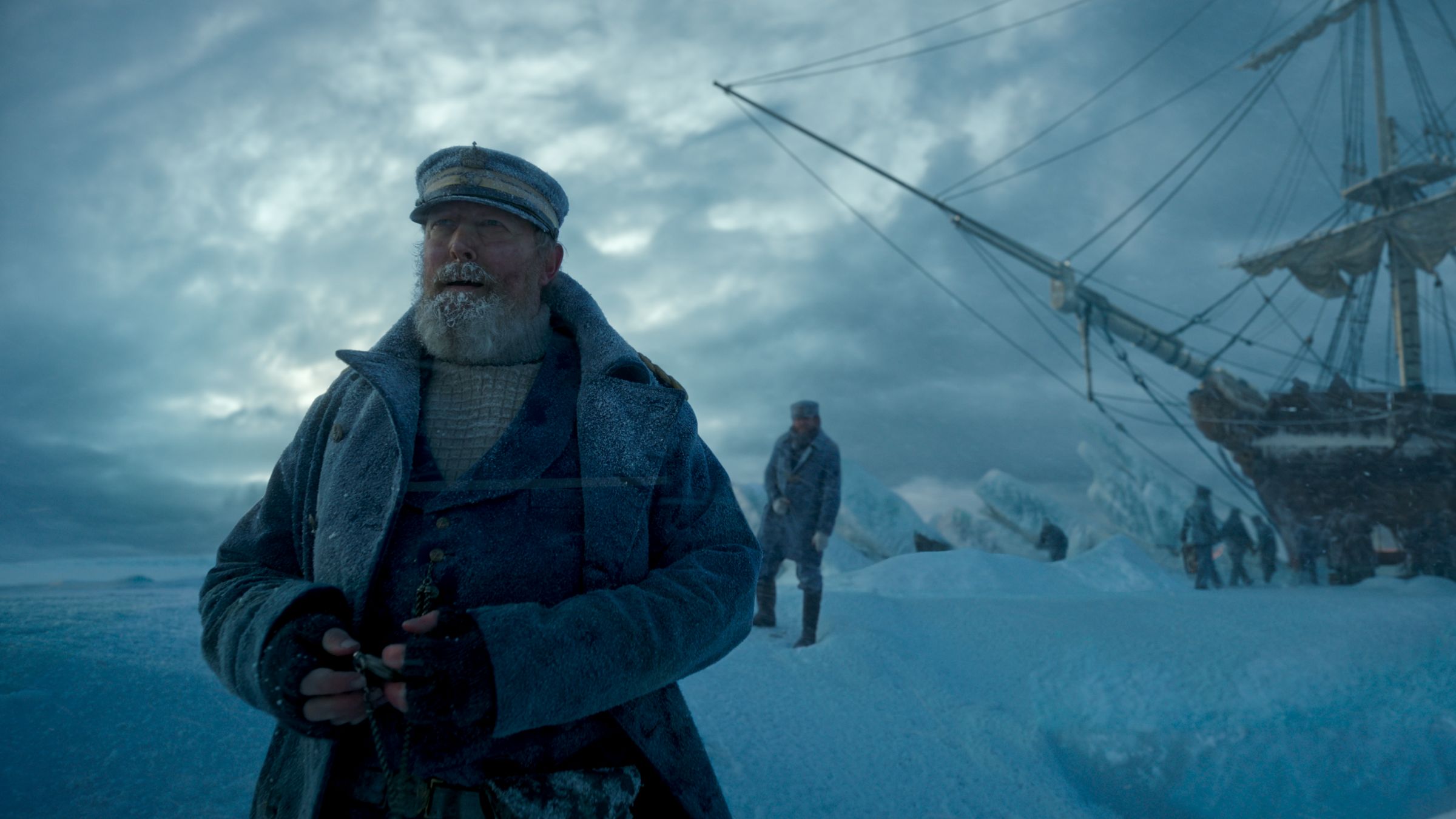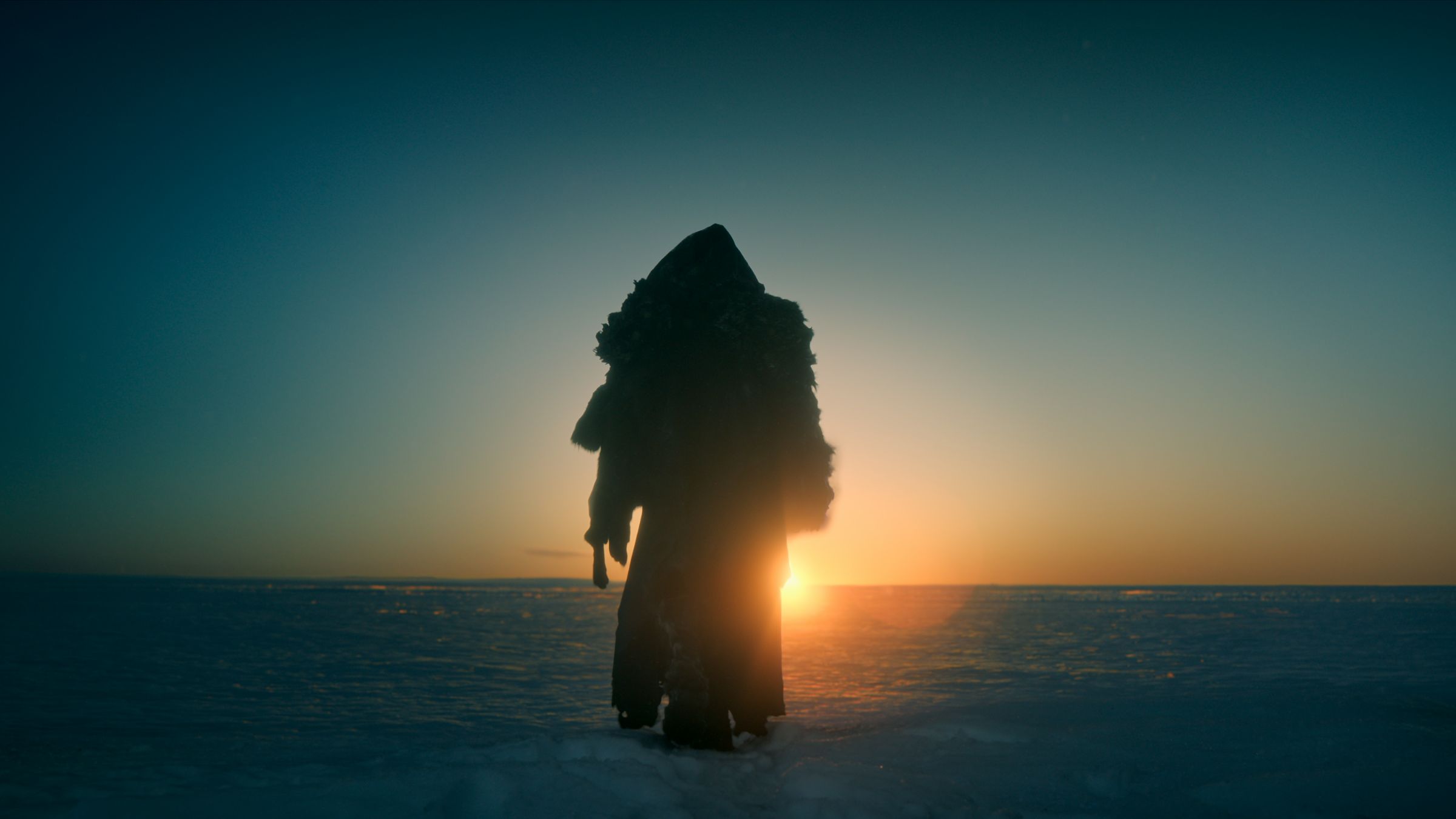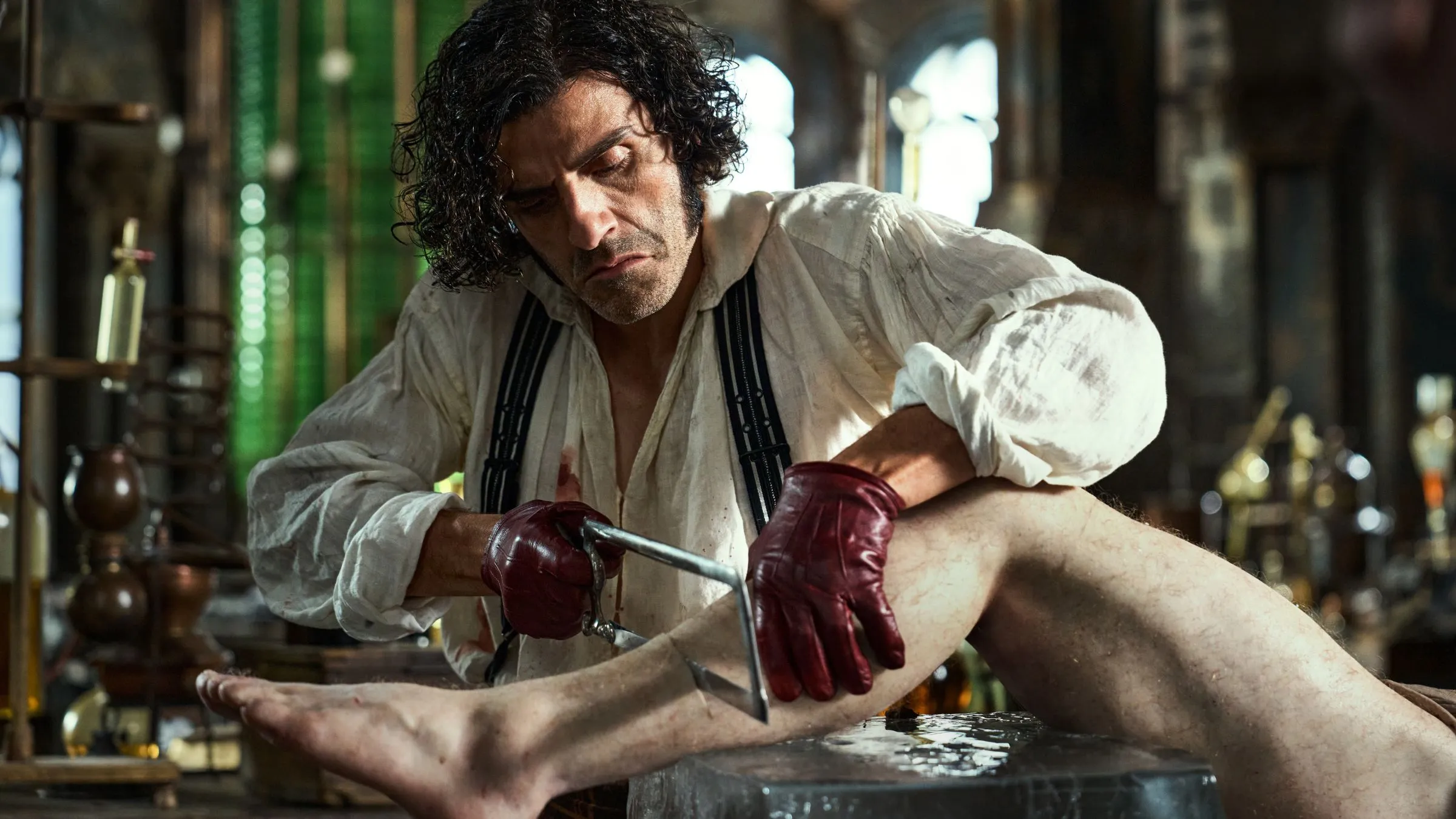
As a huge film fan, I have to say Guillermo del Toro’s Frankenstein is a true masterpiece. It’s honestly the closest Hollywood has ever gotten to a really faithful adaptation of Mary Shelley’s novel. The old Universal horror films definitely made the Creature a sympathetic figure, but they still showed him as someone capable of violence, even if he was essentially an innocent. Del Toro, though, treated the source material with incredible respect, really understanding that the Creature wasn’t a monster at all – he was the one deserving of our empathy. The result is a film that stays true to the spirit of the book, but isn’t afraid to take its own path, and that’s what makes it so special.
Guillermo del Toro’s Frankenstein adapts many of Mary Shelley’s original concepts for the big screen, while also making some smart changes that really enhance the character of the Creature.
Guillermo Del Toro Includes the Ship Captain

The start of Guillermo del Toro’s Frankenstein might surprise viewers – it doesn’t begin with Frankenstein or his monster, but with a ship’s captain struggling to free his vessel from ice. Interestingly, this mirrors the opening of Mary Shelley’s original novel. While the captain’s name is different – Captain Anderson in the film versus Robert Walton in the book, who writes letters to his sister – both stories feature a ship trapped in ice and a captain discovering a stranded Victor Frankenstein in need of assistance.
Del Toro Makes Changes to Frankenstein’s Story

A key difference is that the film spends considerable time exploring Frankenstein’s upbringing and early life before the central plot begins. While both the book and movie feature Frankenstein recounting his life to a ship’s captain, the film delves much deeper into his childhood—his parents’ high expectations and the profound impact of his mother’s death, which fueled his obsession with overcoming mortality. The movie significantly expands upon the source material in this way.
The book and movie versions of Frankenstein differ in several key ways. While the book features a friend named Henry who supports Victor, the movie introduces Henrich Harlander, Elizabeth’s uncle, who secretly hopes Victor will succeed. The movie also reimagines Elizabeth: instead of being Victor’s love interest, she’s engaged to his brother, William, and openly dislikes him, even though Victor is in love with her. This altered relationship significantly changes their dynamic and becomes a central point of both the film’s successes and its heartbreaking moments.
The Creature Is Not a Senseless Murderer in This Frankenstein Movie

In Mary Shelley’s novel, the Creature’s descent into cold-blooded murder is directly linked to Frankenstein’s abandonment of him. Left to fend for himself, the Creature seeks revenge on his creator, Victor Frankenstein. This revenge manifests in the deaths of those closest to Victor, including his friend Henry and, most tragically, his bride, Elizabeth, on their wedding day. Every act of violence is fueled by the Creature’s deep-seated hatred and desire for retribution against his maker.
This film offers a fresh take on the story, and many would argue it improves upon the original. The Creature does resort to violence, but only against those who threaten him or the people he loves. He longs for connection and doesn’t want to cause harm. Importantly, he would never hurt Elizabeth, as she was one of the few who showed him kindness. In fact, it’s Frankenstein himself who is responsible for Elizabeth’s death, as well as the deaths of his uncle and brother. The Creature’s actions are understandable, given the harm he’s suffered, and his anger towards Frankenstein is completely justified.
The Creature Tells the Captain His Story Here

The movie takes a major liberty with the classic Frankenstein tale. Instead of following a traditional narrative, the Creature appears on the ship while Victor is recounting events. The film then gives the Creature a chance to share his own perspective – from escaping the fire at Frankenstein’s castle to explaining why he’s pursuing Victor. This shift allows for some key differences from the original story, but it also gives the Creature a more compelling and understandable background.
Mary Shelley’s novel and the film both feature the Creature requesting a companion. In both versions, Frankenstein ultimately refuses to create another being. However, the novel gives this request more weight because the Creature shares his story directly with the captain while Victor Frankenstein is still alive, allowing someone to hear his side of things.
Guillermo del Toro Keeps the Creature Sympathetic Here

In Mary Shelley’s Frankenstein, it’s actually Victor Frankenstein who is the monstrous figure, while the Creature is presented as an innocent being suffering through terrible circumstances. This is powerfully illustrated at the story’s conclusion when the captain discovers the Creature mourning over Victor’s corpse. When questioned about his grief, considering all the actions attributed to him, the Creature reveals that with Victor’s death, he too can finally find peace and end his own life.
Ultimately, Victor Frankenstein was to blame for the deaths of his friend, his bride, and even his father, who died of grief. While the Creature committed the acts, they were a direct result of Victor’s choices. Even on his deathbed, Victor wouldn’t admit his part in the tragedies. Ironically, it was the Creature who finally took responsibility for his actions, demonstrating a greater sense of humanity than Victor ever did.
Guillermo del Toro added a poignant layer to the story. He showed the Creature finding Frankenstein still alive and sharing his life story with the captain. This allowed Victor to finally understand his creation and ask for forgiveness before he died, giving Frankenstein a measure of redemption. However, by portraying the Creature as largely innocent and removing his violent acts from the book, the film shifted the focus, making Frankenstein the true monster. The Creature was always a victim of circumstance, and the film emphasizes that he didn’t deserve the suffering he endured.
What do you think? Leave a comment below and join the conversation now in the ComicBook Forum!
Read More
- Ashes of Creation Rogue Guide for Beginners
- ARC Raiders – All NEW Quest Locations & How to Complete Them in Cold Snap
- Best Controller Settings for ARC Raiders
- Where Winds Meet: How To Defeat Shadow Puppeteer (Boss Guide)
- Ashes of Creation Mage Guide for Beginners
- Where Winds Meet: Best Weapon Combinations
- Fishing Guide in Where Winds Meet
- Bitcoin’s Wild Ride: Yen’s Surprise Twist 🌪️💰
- Netflix’s One Piece Season 2 Will Likely Follow the First Season’s Most Controversial Plot
- Berserk Writer Discuss New Manga Inspired by Brutal Series
2025-11-10 03:41